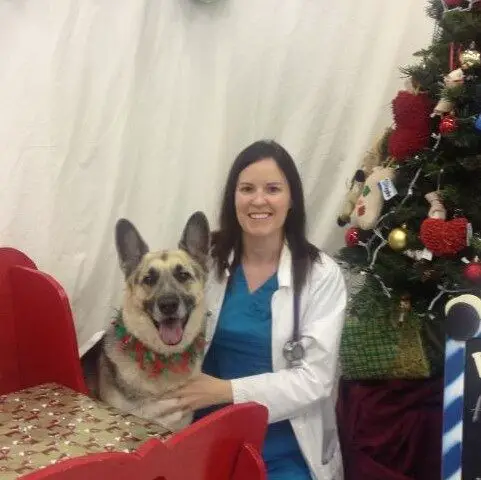Day in the life of
Relief Veterinarian – Dr. Caren Carney

Dr. Caren Carney is a relief veterinarian. Relief or locum work is when an experienced, fully-credentialed veterinarian works in or even manages someone else’s practice for a short time, to cover for staffing shortages, maternity, and sick leave, or vacations. Most relief vets are independent contractors, which can be a challenge.
My day as a relief vet looks like a traditional veterinarian – I get to see animals all day. Unfortunately, if I’m seeing them, they’re usually not at their best. I diagnose illnesses, do surgery, give immunizations, and more on a daily basis. I think all vets would agree that the best part about the job is helping animals and seeing a recovered patient walk out the door.
Pros
Getting into the relief aspect of my job, the best part about being a relief vet is that I can control my own schedule. When I was an associate vet at an emergency hospital, I had my day shifts and then had to be on call at night, too. It felt like I was working non-stop. I switched to relief work and could schedule my shifts in advance without the extra responsibilities. I can focus better on my patients when I had a full nights’ sleep!
Cons
The worst part about being a vet is seeing animals hurt and in pain, especially when you can’t relieve that pain. Sometimes it’s that there’s no known way to fix it. Sometimes it’s that the owners can’t afford the medicine or surgery, and that’s the hardest of all. The hardest part about being a relief vet is that you can’t always see your patient all the way through. For example, you may do surgery and have the patient come in a month later to remove stitches. As a relief vet, I probably won’t be there a month later to remove the stitches and see that patient whole again.
Veterinarians
diagnose, treat, or research diseases and injuries of animals. Includes veterinarians who conduct research and development, inspect livestock, or care for pets and companion animals.



.jpg)